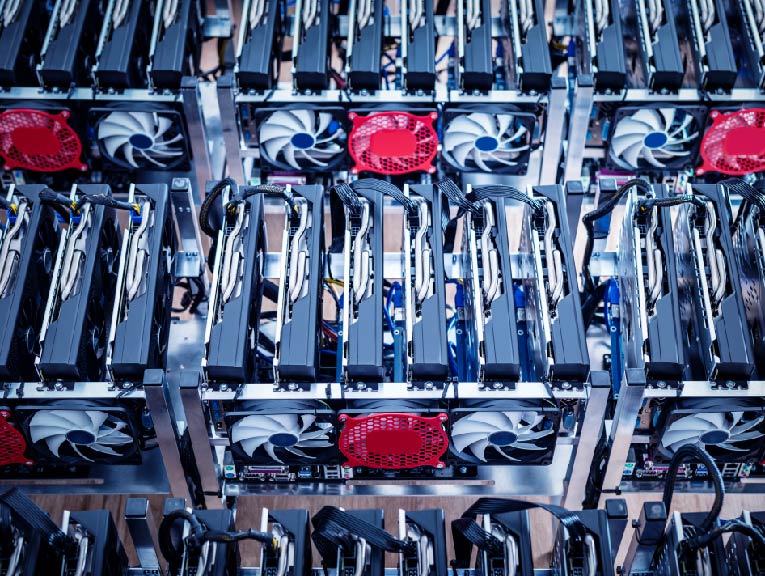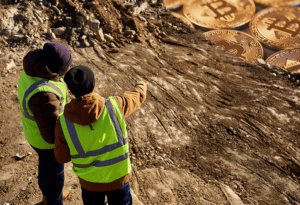
Table of Contents
Toggle
This is how I feel today.
How often is a new Bitcoin added to the network?
The Bitcoin code was programmed to create a fixed number of coins every so often (approximately 10 minutes). For this to happen, miners (people who put their computers to work) provide computational power that allows the creation of new blocks where the transactions carried out are housed.
This is known as the mining process and is fundamental to the operation of most cryptocurrencies.
Returning to the initial explanation, these blocks are added to the blockchain every 10 minutes (on average) and the miner who has managed to “discover” this new block receives a reward of 6.25 bitcoins. Until before the last Bitcoin halving, this reward was 12.6 units.
Beyond the fact that the process to discover a block requires an approximate period of 10 minutes, it must be taken into account that absolutely the entire Bitcoin network is competing to carry it out.
In this sense, you will understand that it is almost impossible for a single person or miner to discover a block alone. Imagine that there are hundreds of thousands of people trying and that reduces the chances of success to negligible levels.
Because of this, almost all the miners of the cryptocurrency created by Satoshi Nakamoto organize themselves to work as a team in what is known as a “mining pool”.
What is a mining pool?

Is it profitable to mine Bitcoin?
Clearly it is not profitable to do it in a particular way, since it would require a lot of equipment (which is very expensive), in addition to a high energy cost. Still the chances of discovering a new block would be slim.








